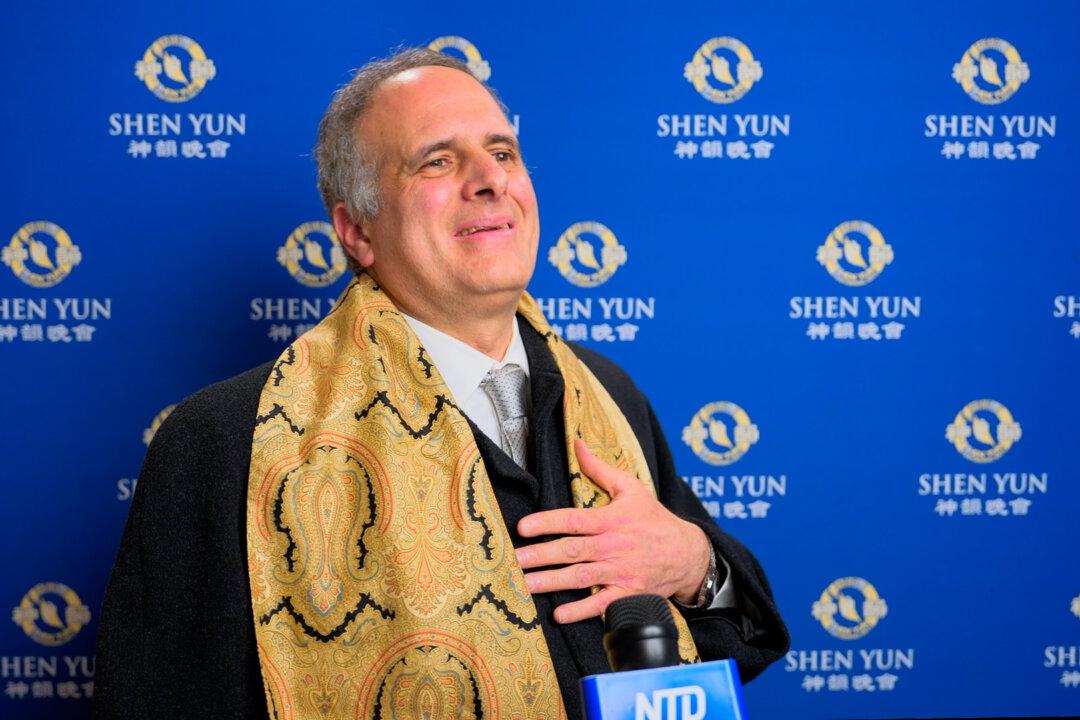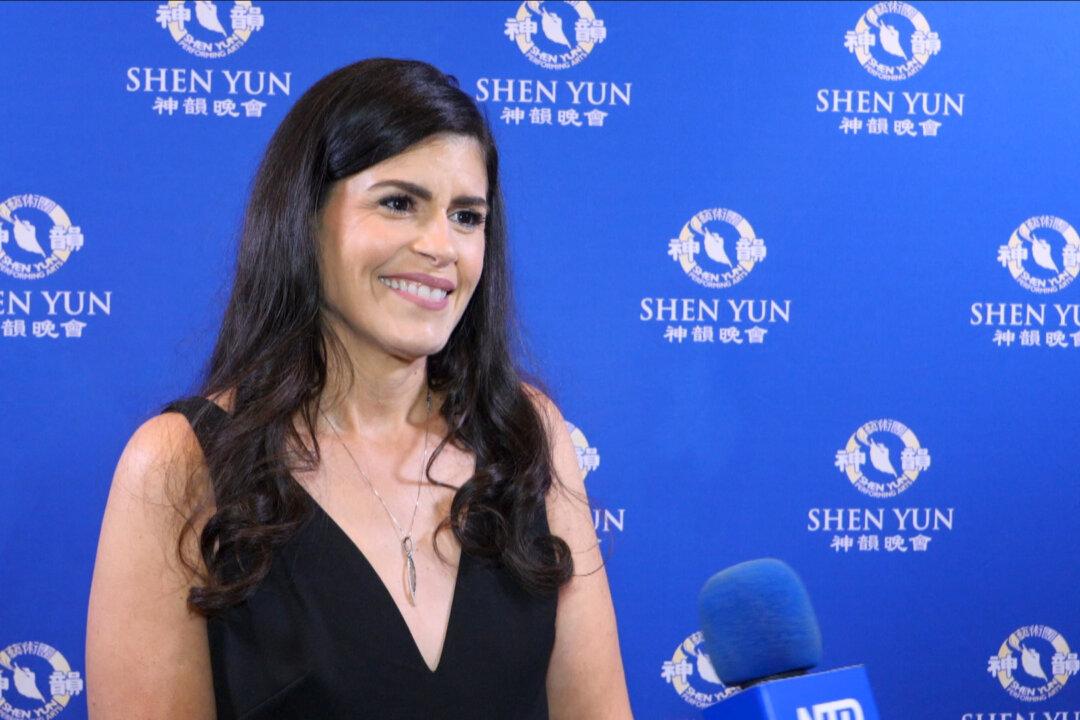The 8th International Classical Chinese Dance Competition, hosted by New Tang Dynasty (NTD), attracted over 190 dancers from more than ten different countries and regions to participate in this year’s competition. After going through screening in the North American Division and the Asia Pacific Division, approximately 60 dancers stood out and came to Manhattan, New York, for the finals.
Vina Lee, the judge of the competition, said that although these dancers are so young, they are pure and very rare to find.




